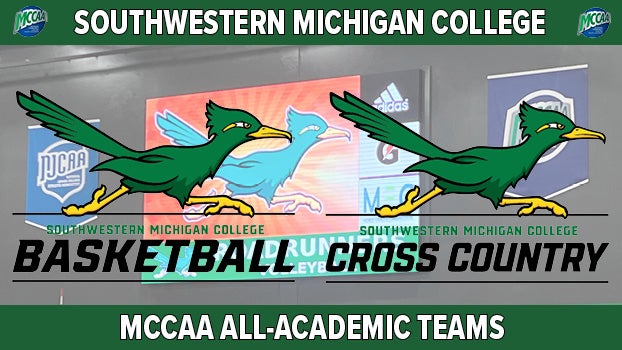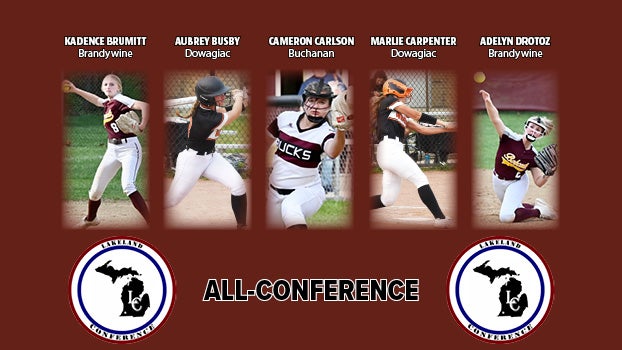Dowagiac City Council gives update on blight elimination process
Published 9:20 am Wednesday, August 26, 2020
|
Getting your Trinity Audio player ready...
|
DOWAGIAC — Dan Bement loves the city of Dowagiac.
A Dowagiac native, Bement remembers the city as it was in its heyday, which is why he expressed his displeasure with the city’s blight problems to the Dowagiac City Council during Monday’s meeting.
“This city has had a blight problem,” Bement said. “I’m not sure you’ve taken it seriously. A number of people in the community are concerned, and I was assured that the city was going to do something to fix it. I’m trying to find out what it’s going to take for this town to really get serious about cleaning up the blight in Dowagiac.”
Bement brought up the properties located at 504 E. Telegraph St. and 212 First Ave. as examples of properties with longterm blight issues.
In its Aug. 10 meeting, the council passed a resolution authorizing a foreclosed property acquisition of 504 E. Telegraph St. from Cass County for the purpose of eliminating blight. With this action, the city will buy the property, which will allow it the ability to keep the blight cleaned up. The city demolishes an average of six blighted homes per year.
The house on First Avenue is moving along slowly due to the recent death of the property’s owner, said City Manager Kevin Anderson.
Anderson said that the city is working with the property owner’s attorney, who indicated that he has a plan in place to remove the vehicles and other objects over the next six months.
“The thing about the pace of addressing blight is that there are certain things you can move quickly on, like long grass, that the law lets you do,” Anderson said. “Removing large objects in a yard takes longer because it is personal property. There are different steps in the law for different levels of blight that must be followed.”
According to Anderson, Dowagiac’s blight program uses a number of tools to address the ongoing blight issues in the community. The goal of the program is to first use education and incentives to address blight in neighborhoods.
“Working with owners to clean up blighted situations is always the preferred method of handling any blight situation,” Anderson said. “Property owners are notified of property maintenance violations and given the opportunity to take care of the situation in a timely manner, and most property owners respond to the notice.”
The city has two grants to help homeowners with home repairs. The Home Incentive Program is a city-based program that homeowners can apply for annually. The city sets aside $10,000 each year for these grants, which can be used for exterior improvements only, such as painting, siding, roofing, windows and more. It does not include new construction such as new homes and garages, sidewalk replacement, landscaping and fences.
Since 2019, the city has also received the Neighborhood Enhancement Grant to help homeowners with exterior repairs. Anderson confirmed that 10 home improvements were performed in 2019 for a total of $50,000, and 11 homeowners are being helped this year for a total of $55,000. The city will continue to seek and use grant funds in this manner as long as there is a need, Anderson said.
If the property owner does not take the necessary steps to address blighted conditions of their property, the city’s code enforcement officer has to use means of enforcement. The processes can seem slow because there are various laws and ordinances that restrict the city from taking immediate action unless the blight poses an immediate danger, Anderson said.
The code enforcement officer must address different types of blight in different ways so that all local, state and federal laws regarding private property are followed.
Anderson listed the steps that must be followed to address typical blight issues:
• Uncut grass — Once grass reaches a height of 12 inches, the code enforcement officer sends a letter to the occupant telling them that their yard is out of compliance with the ordinance, and they need to mow it within a seven-day window. The officer then checks, and if the yard is not mowed, the city hires a mowing crew to mow the lawn, and the price of the service is billed to the owner. If it is unpaid, the amount then goes on to the homeowner’s tax bill as a special assessment.
• Unlicensed carriers — Any vehicle parked without a license and proper registration or inoperable for a period of longer than 14 days is considered to be in violation of the ordinance. The code enforcement officer will send a letter to repair or remove the vehicle. If the vehicle is not moved, then the city will have the vehicle removed at the expense of the owner.
• Junk in yard or visible to the exterior — The code enforcement officer issues a letter to remove the junk that is in violation of the ordinance. If the junk is not removed, the city removes the junk at the owner’s expense.
• Blighted or dilapidated homes — Code enforcement starts by issuing a series of letters and notices stating that the home must be repaired to conform to the ordinances. Each of these notices has a statutory tie that dictates the amount of time the officer has to wait to see if the homeowner contacts him or complies. Once the notices are exhausted, the issue is brought before city council for consideration of condemnation. By this point, the home is usually foreclosed upon and put up for sale by the county, at which time, council can decide whether or not the city will purchase the home for demolition.
Anderson said that while the issue of blight is an ongoing issue, that does not stop the city from addressing it. Reports of blight enforcement activities are regularly shared in the city manager’s weekly “Friday Letter” to city council, which can be found on the city’s website.
“We try to have a pretty comprehensive program, but blight can still remain,” Anderson said. “It’s a never-ending task, but we also encourage people to contact us if they see blight. It’s very helpful for us to get that information if we can.”






